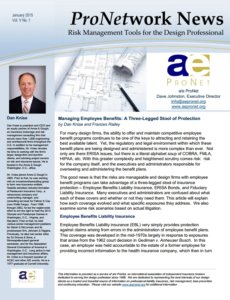Complying with the many provisions of the Family and Medical Leave Act (FMLA) is a concern for even those well-versed in the Act. Recently, the Ninth Circuit Court of Appeals clarified when the FMLA applies, and spelled out an affirmative duty of the employer to inquire and confirm if an employee wants to take FMLA leave if eligible.
What Is the FMLA and How Does It Apply?
The FMLA entitles some employees to take unpaid, job-protected leave for certain family and medical reasons. It applies to employers that are public agencies and to private employers with 50 or more employees who work at least 20 weeks in the current or preceding calendar year. An employee is eligible for FMLA leave if they:
- Worked for a covered employer for at least 12 months;
- Worked at least 1,250 hours during the 12 months prior to the start of their FMLA leave; and
- Work at a location where at least 50 employees are employed or within 75 miles of that location.
An eligible employee has the right to take 12 work weeks of unpaid leave in a 12-month period. In general, the employee can take leave due to their own serious health condition; for the birth of a newborn child; to care for a newly-adopted child; or to care for a spouse, child, or parent with a serious health condition. This right means that if an employer terminates or otherwise retaliates against an employee for taking leave, it can result in a civil lawsuit or administrative proceeding against the employer for back pay, reinstatement, and other damages.
When a state provides greater protections than the federal FMLA standards, an employer must comply with state law as well. For example, the California Family Rights Act (CFRA) also covers same-sex domestic partners, and provides more privacy protections. Continue reading “Inquiring Minds and the FMLA”


